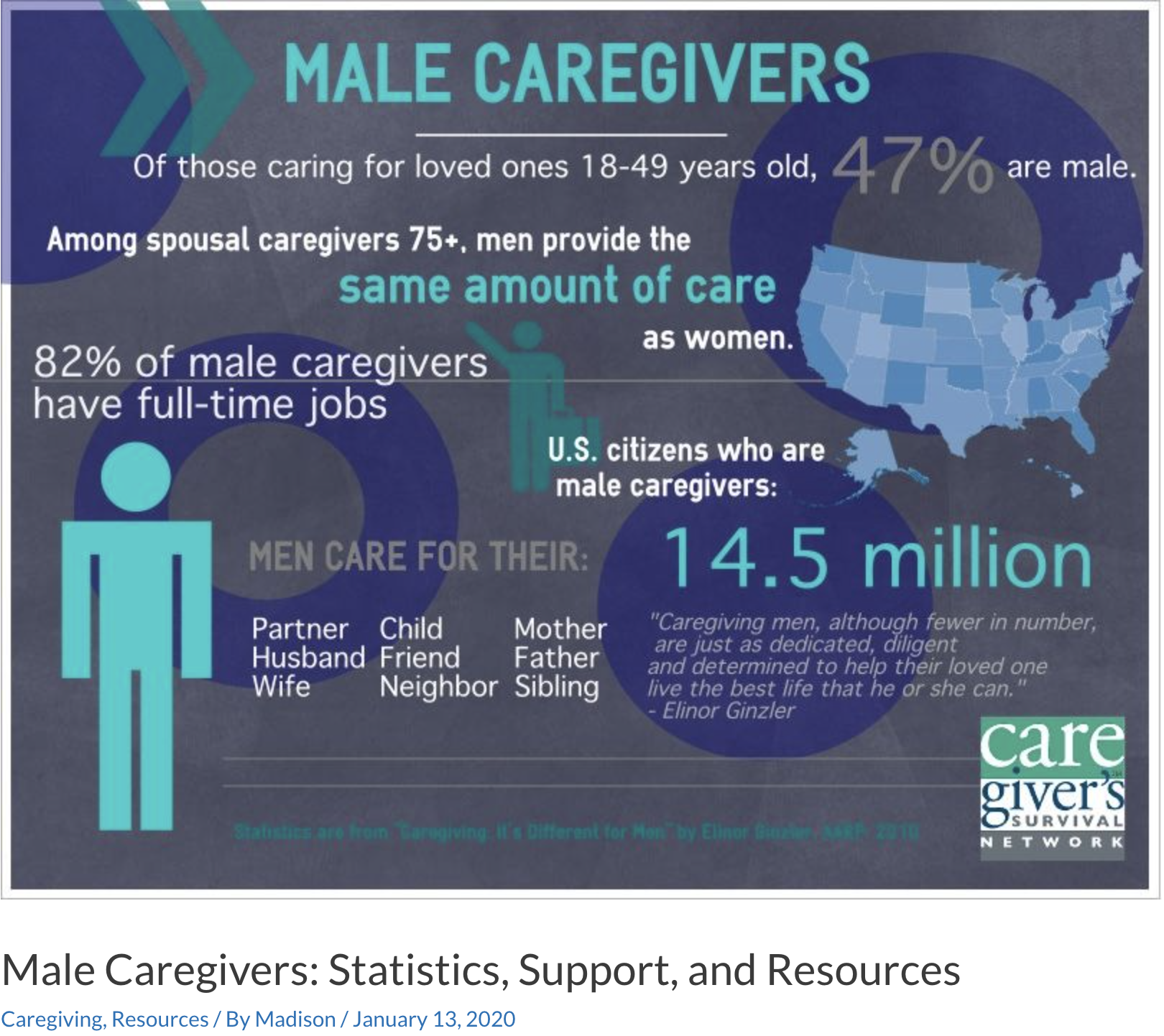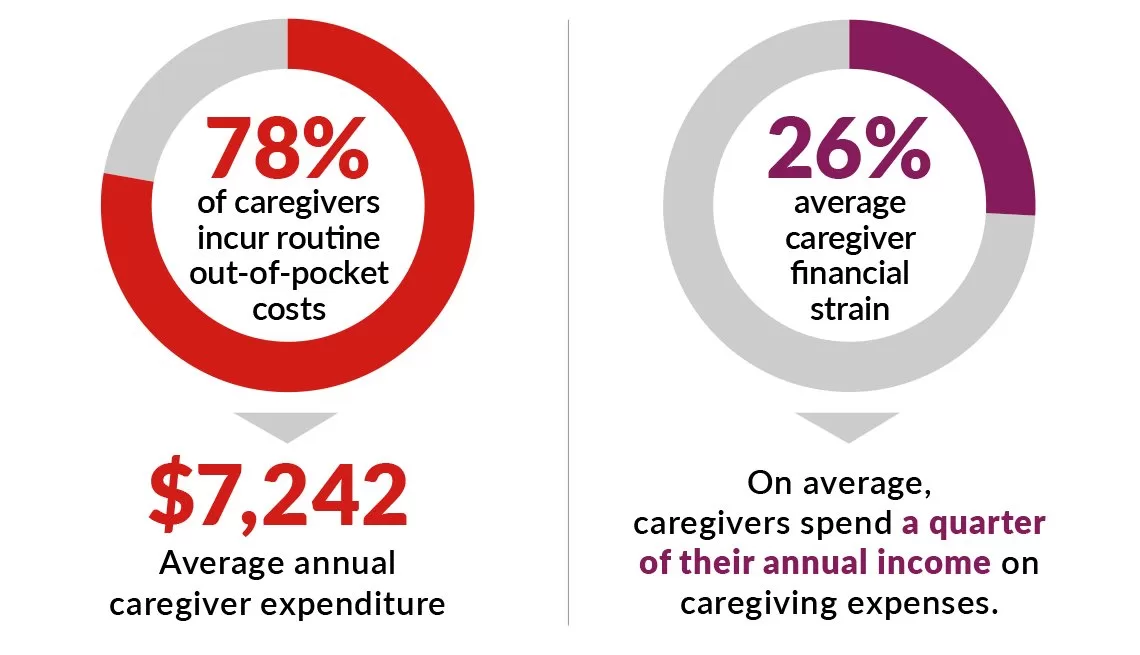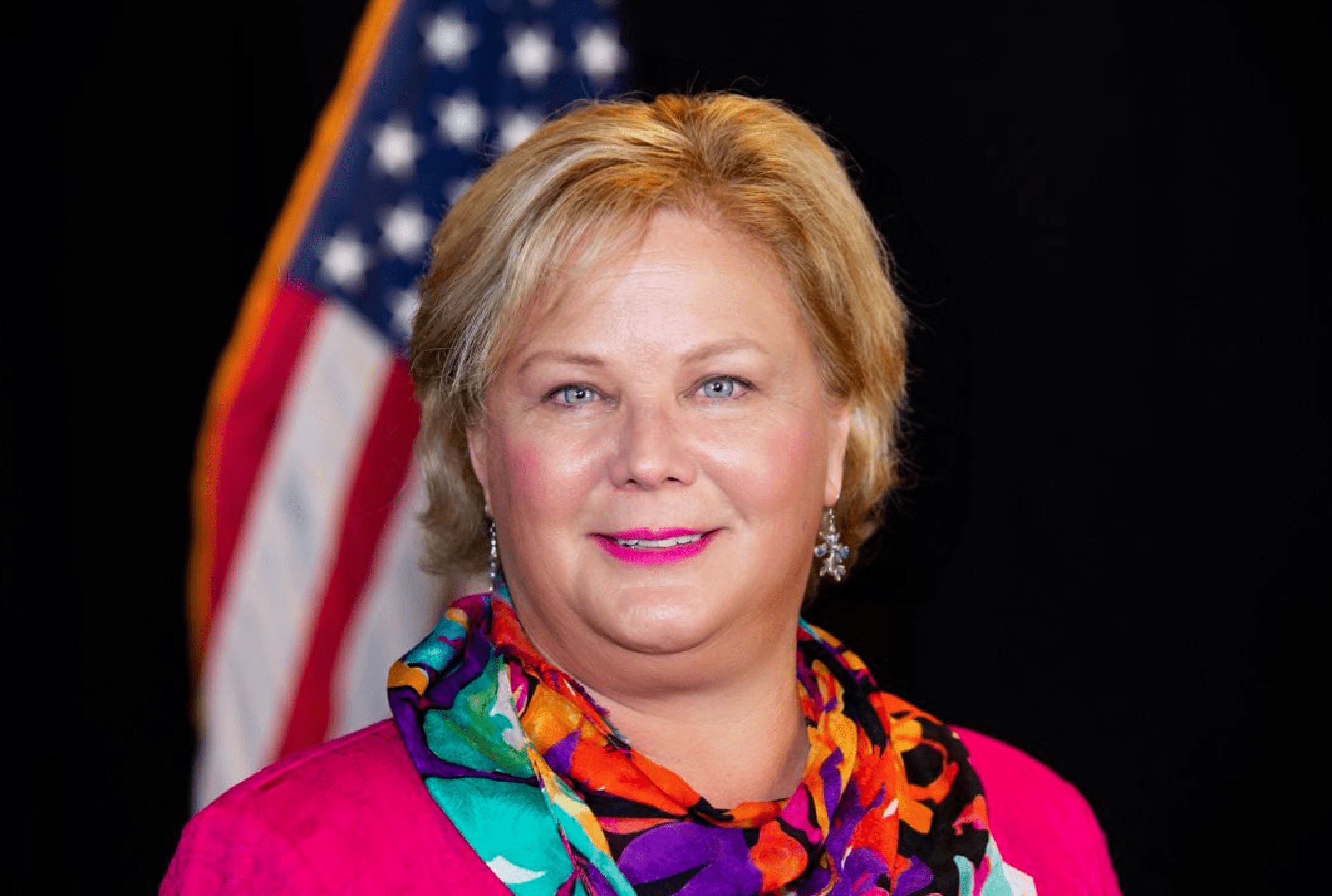
National Caregivers Appreciation Day
Myth: Families take care of their own
Myth: Caregiving is women’s work

Myth: Money is not an Issue

Myth: Health insurance pays for Care
Medicare and Medicaid are part of the Social Security Law that is written in stone (see issues above). President Johnson updated FDR’s work and doubled down on his promise that the country would take care of its retired workers. Both presidents wore rose colored glasses and failed to find an accurate crystal ball when making these prognostications. This century’s new Medicare Part D pharmacy benefit increased access to life-extending drugs but at a steep cost for most.
The level of care, either custodial and skilled care, determines who pays for care. Most senior adults live with two to four chronic health conditions managed by their primary care providers. The reality is more of today’s care can be provided at home and self-administered or with caregiver training shifting this task to a non-skilled (or custodial) status. Skilled care required a provider prescription (written order) and the payer’s blessing. The burden for nursing care is shifting onto caregivers who receive little training and oversight. Additionally, the healthcare labor shortage has skilled nursing home scrambling to keep beds available so family and home based services are filling in the gaps.
According to the Centers for Medicare and Medicaid the deductibles and copays continue to rise:
“Each year the Medicare premiums, deductibles, and coinsurance rates are adjusted according to the Social Security Act. For 2021, the Medicare Part B monthly premiums and the annual deductible are higher than the 2020 amounts. The standard monthly premium for Medicare Part B enrollees will be $148.50 for 2021, an increase of $3.90 from $144.60 in 2020. The annual deductible for all Medicare Part B beneficiaries is $203 in 2021, an increase of $5 from the annual deductible of $198 in 2020.”
Our nation’s care needs continue to increase while the resources available decline. Today’s Social Security programs do not live up to FDR’s promises made in 1935.
Myth: Caregiving is Easy
People with dementia disorders often require round-the-clock supervision and services not covered by insurance. Additionally, waiting lists for government funded services exist in almost every state today. Families are making tough, life-altering decisions to protect vulnerable family members.
Caregivers are tapping into their own savings and retirement plans to live and care for others. Statistics from the Alzheimer’s Impact Movement of the Alzheimer’s Association paint a painful image of caregiving today:
Alzheimer’s disease has a devastating impact not just on those with the disease. It’s also an extreme burden on their caregivers — a job that usually falls on family and friends.
- In 2019, more than 16 million family members and friends provided 18.6 billion hours of unpaid care to people with Alzheimer’s and other dementias, at an economic value of $244 billion.
- Of the unpaid Alzheimer’s and dementia caregivers, 86% have provided care for at least the past year, and half have been providing care for four or more years.
- Nearly one-fourth of Alzheimer’s and dementia caregivers are “sandwich generation” caregivers — caring for both someone with the disease and a child or grandchild.
Tell Your Story!
Monica Stynchula, MSW, MPH
CEO REUNIONCare, Inc.



